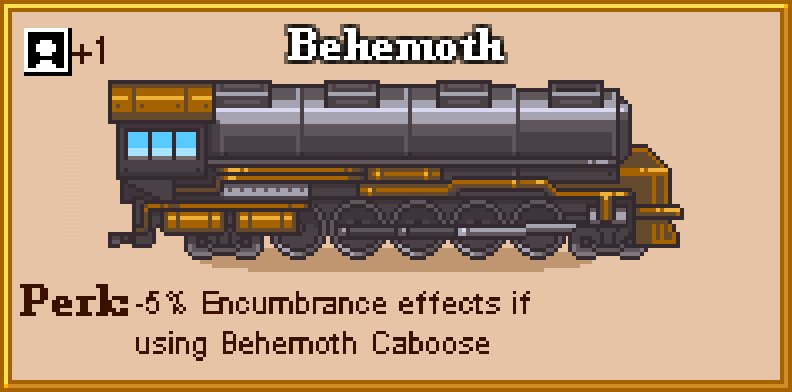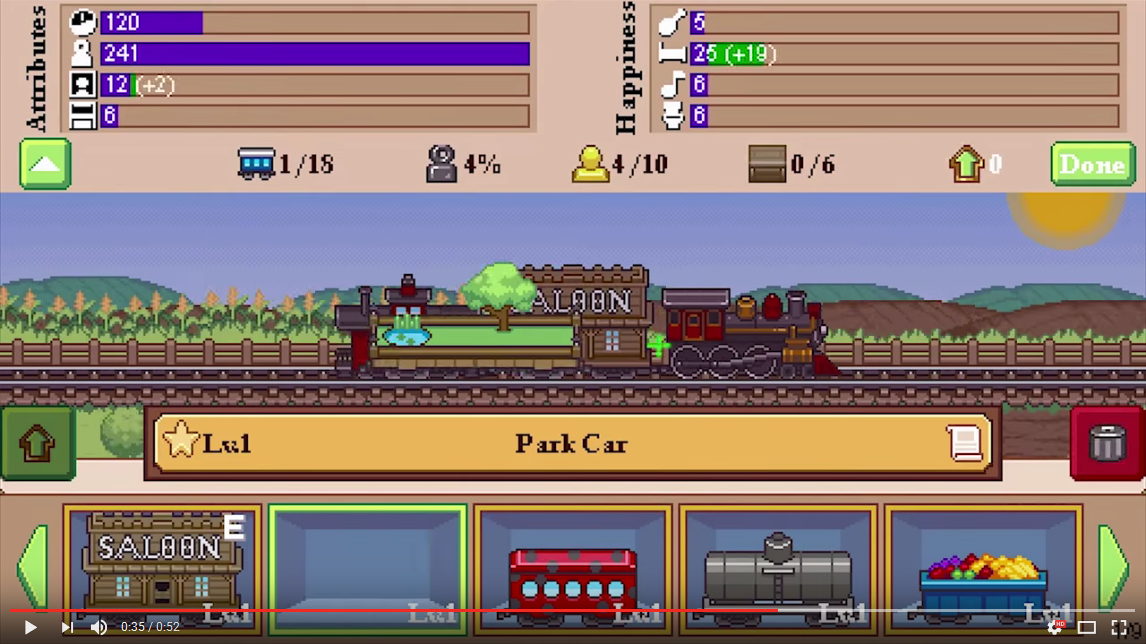

#Tiny rails engine list upgrade
There is a cost associated with this approach though, especially when the Engine gets a major version upgrade – the maintenance of keeping your decorations working can quickly get out of hand. As an end user of the gem you can override model, view, and controllers by creating your own versions of the classes using file path and file-naming conventions laid out in the decorator gem README. Glimpsing the whole file might show you how manageable porting part of your application for re-use to an Engine might be.ĭecorating is the name of the game in the default Engine usage.

Which turns out to be quite a lot! I’ve snipped out the majority but have left in an association definition as well as an instance method to show you the type of lines you can find in there. module ::ForemĬlass Engine "Forem::Post", :foreign_key => "user_id"įorem.moderate_first_post & !forem_approved_to_post?Īlias_method :forem_needs_moderation?, :forem_moderate_posts?

It is a single-Engine gem that uses a couple of techniques to integrate with the main application. It is a sizable example and perusing its repository will give you an idea of how far you can stretch the basic setup. This gem follows the direction of the Rails Guide on Engines to the letter. Without further ado, let’s venture in the wild world of Rails engine examples! ForemĪn engine for Rails that aims to be the best little forum system ever I do expect you to have a cursory familiarity of how an Engine works, so if you feel something is not quite adding up, please peruse the most excellent Rails Guide Getting Started With Engines. Examining parts of how these gems are configured and composed will give advanced Ruby on Rails developers valuable knowledge of what patterns or techniques are tried and tested in the wild, so when the time comes you can have a few extra options to evaluate against.


 0 kommentar(er)
0 kommentar(er)
